2017 Volkswagen Tiguan India review, test drive
VW’s second ever SUV in India is a posh but pricey affair. But, in this capably populated price range, should you consider one?
Published on Jun 05, 2017 10:57:00 PM
81,956 Views
Follow us on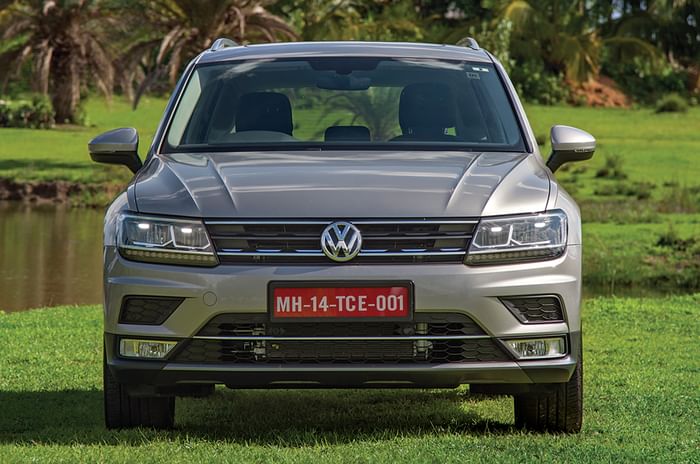
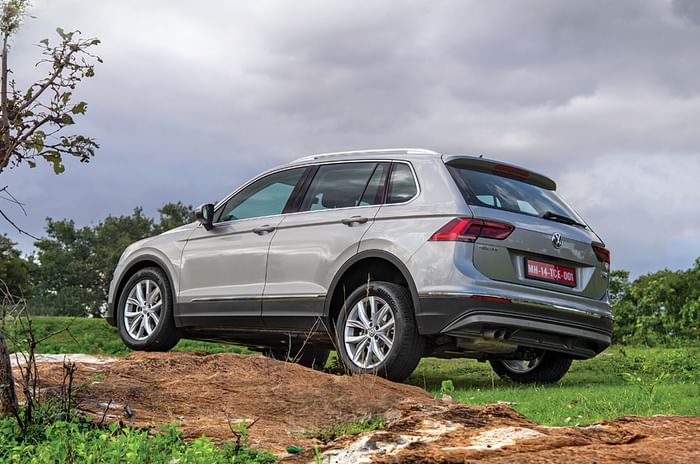
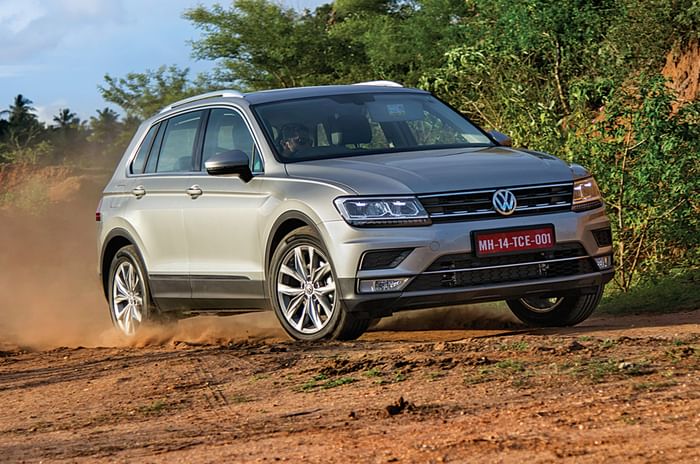
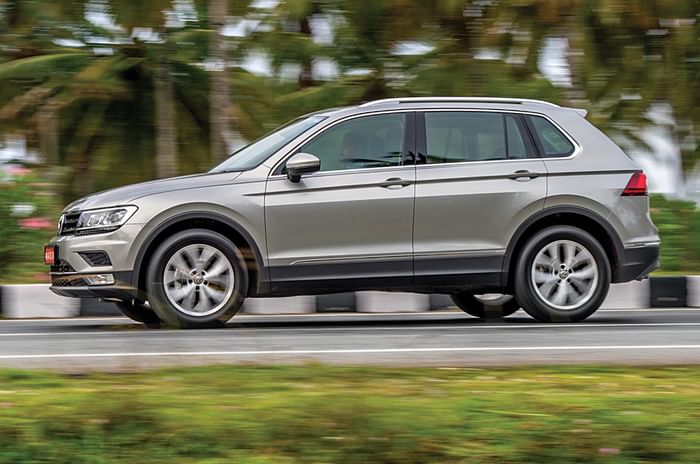
What is it?
You may remember the Volkswagen Touareg, or perhaps you may not. It was a handsome, well-built and seriously capable luxury SUV that was built on the same platform as the Audi Q7 and Porsche Cayenne, no less. There were two generations of the Touareg, and both were sold in India, but sadly, you won’t see as many of them out on the roads as its cousins from Audi and even Porsche. That’s because, though cheaper than those two, most Indian buyers still found it too expensive for something with a humble VW badge. It was discontinued in 2014 and that was the start and end of VW’s foray into SUVs in India. Until now.
This is the Tiguan – at the moment VW’s entry-level SUV – until smaller ones arrive in the coming years. It's also the company's ticket back into the booming Indian SUV market. Thing is, it's not a cheap ticket, and certainly not an entry-level SUV by our market's standards. Priced between Rs 27.98 lakh and Rs 31.38 lakh (ex-showroom, Delhi), it is in the same range as seven-seat 4x4s like the Toyota Fortuner and Ford Endeavour, but then, it's an altogether different offering. It's a front-wheel-drive-biased five-seater that uses a monocoque chassis (the VW Group's fast expanding MQB, in case you're wondering). So it's closer in size and nature to the Hyundai Tucson, but far more expensive, but then unlike the Korean, it gets all-wheel drive as standard. VW, meanwhile, positions it as a cheaper alternative to compact luxury SUVs like the BMW X1 and the Mercedes-Benz GLA!
| Volkswagen Tiguan Price, Mileage, Specifications, Features and Variants | |
|---|---|
| Brand | Volkswagen |
| Model Name | Tiguan |
| Volkswagen Tiguan Price | ₹ 44.24 lakh |
| Volkswagen Tiguan Range/Mileage | Petrol : 12.65kpl |
| Volkswagen Tiguan Specifications | SUV | 5 doors | 5 seats View All Specs |
| Volkswagen Tiguan Features | LED headlight | 8-inch Touchscreen display | 6 airbags View All Features |
| Volkswagen Tiguan Variants | 2.0 TSI Petrol Elegance View All Variants |
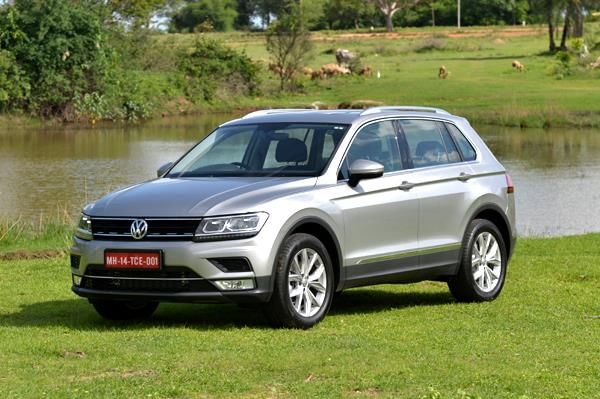
So the Tiguan’s positioning is a little ambiguous, but VW cars’ appeal generally lies in their solid build quality, the latest technology and typically restrained German styling. The latter is immediately apparent. Save for the wheel arches, the Tiguan's exterior design is made up entirely of straight lines. Any added character simply comes from the use of thicker, more pronounced straight lines, like the deep shoulder crease that flows into the LED tail-lamps. The grille with the big VW logo at the front is standard VW fare, but at least the large LED headlamps do stand out a bit. And though the 18-inch alloys on this Highline trim look good, the Tiguan has more of a hunkered down crossover stance than that of a full-on SUV. It's a design that grows on you and its clean simplicity should allow it to age well, but it just doesn't have the flamboyance of the Hyundai nor is it as imposing as a Fortuner or an Endeavour, which unfortunately, will make a big difference in our image-conscious market.
What's it like on the inside?
This is where VW’s other characteristic traits of solid build and high tech come into play, and boy, have they done a stellar job here. The dash design, like the exterior, is restrained as ever, but they have experimented a bit with more angles and shapes this time. What's a little disappointing is the all-black colour scheme for all but the roof lining (which is grey); a bit more colour, even if just for the plastic trim inserts, would have gone a long way. Mind you, the ambience improves drastically at night when the subtle LED ambient lighting comes on.
Fit and finish is just outstanding, with rich soft-touch plastics on the dash top, and near perfect panel fitment. Yes, many switches are carried over from other VW cars but they all work with a crisp Germanic feel. And then there’s the equipment list which, on the Highline at least, is properly vast and, yes, just about good enough to rival a proper luxury SUV. Automatic LED headlamps, automatic wipers, cruise control, an electric driver’s seat with memory settings, an electronic parking brake with hill hold, front and rear parking sensors and a rear-view camera, three-zone automatic climate control, paddle shifters, push-button start, heated front seats, tyre pressure monitoring, a big touchscreen with Apple Carplay and Android Auto (navigation only comes via one of these systems though), an auto-opening-powered tailgate, two separate sets of driving modes for on and off-road, and a massive panoramic sunroof. Even on the safety front, there are six airbags, ABS, ESC and even a bonnet that rises up in a frontal crash to reduce the impact on a pedestrian, should you accidentally hit one. They really have gone to town.

Then there’s the seating. There’s black Vienna leather all round with elegant grey piping around the edges. The front seats might feel a little slim for larger frames, but the driving position is good and adjustability quite vast. Even the passenger seat, though not electrically adjusted, gets height adjustment. The second row offers up loads of legroom and headroom, although we would have liked if it was a little higher up, as this would have given a better view out and more thigh support, which does feel a tad short. The seat splits 60:40 and can be slid back and forth, and reclined. However, this function is more to increase boot space, which you will seldom need to do as it’s already a vast 615 litres; best to leave the seat pushed fully back and reclined as far as it goes. And finally, you do get a space-saver spare, but VW says you’ll rarely need to use it as the tyres are self-sealing; a gel inside them will automatically seal up small cuts and punctures as they happen.
What's it like to drive?
There’s only one powertrain option - a 2.0-litre TDI diesel engine mated to a seven-speed DSG automatic and 4Motion all-wheel drive. And before you ask, these are VW’s new-generation powertrain components - the EA288 diesel motor (so you needn’t worry about emissions issues) and the DQ500 gearbox (so you needn’t worry about transmission issues). The engine will even decouple itself from the gearbox in Eco mode when you’re coasting to help reduce consumption. The latest-generation Haldex AWD system is permanently active, constantly shifting torque between the front and rear as the situation desires, reverting to FWD under minimal loads, like when cruising out on the highway.
The motor is in a 143hp and 340Nm state of tune for India, which in practice, feels quite adequate for this 1.7-tonne SUV, although once again, at this price point, you simply expect more, or at least a more effortless driving experience. After a slight grumble at startup, the motor settles down to a decently quiet idle, and when you do hear it again at about 2,000rpm, it's still impressively contained. In fact, it's so refined that you will notice quite a bit of wind noise around the wing mirrors, even at 80-100kph.
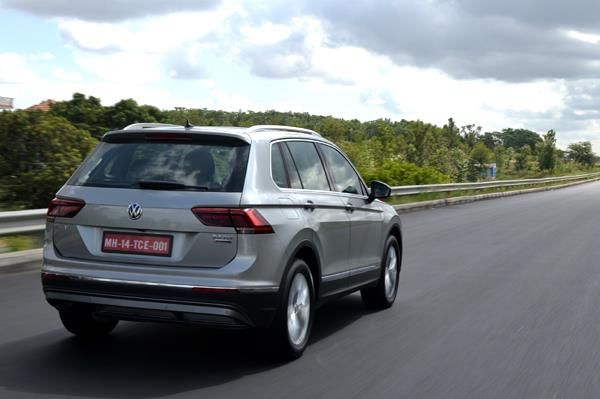
The gearbox is great at getting the Tiguan off the line smoothly and provided you maintain a constant rate of acceleration, it will continue smoothly all the way to sixth and seventh gears. It’s only when you are a bit erratic with your accelerator inputs that it fumbles, sometimes showing a reluctance to upshift or downshift. The solution - press on with a little more authority. You get a nice surge of power around 2,000rpm, although it feels a lot smoother and more linear than earlier versions of the 2.0 TDI motor. Sport mode (apart from firming up the steering) also locks the engine in the sweet spot of the powerband - around 1,500-3,000rpm - and what's really impressive is that it revs quite freely, all the way to almost 5,000rpm!
The dynamics, as with most VWs, are pretty sorted on the Tiguan too. In fact, it feels like a taller Jetta to drive (albeit a bit lighter on its feet) and that’s a pretty good compliment indeed. The steering isn’t the last word in connectedness, but it feels quick and sharp enough to get the SUV moving around. Body roll too, is decently contained for a tall car, and you don’t mind pushing it just a little bit around corners. But the highlight is the ride quality. Yes, you feel an inherent firmness to the setup, but, thanks to the tall, 55-profile tyres, it rounds off bumps really well, with only the nastiest of them thudding into the cabin. This allows it to cruise really flat and smoothly at high speeds on the expressway, and as a family car on a weekend outing, you’ll really appreciate that.
Should I buy one?
On paper, the VW Tiguan is a bit of a hard sell. It seems like it’s neither here nor there - priced against more premium SUVs but with a size that’s a segment lower. What works most against it is that it doesn’t have that imposing stance, and without a posh luxury badge, like BMW, Audi or Mercedes, that just won't cut it with Indian buyers. Plus, you can have a crossover of a similar size for less money. However, spend some time and you’ll discover it’s really a niche within a niche - those inherently Volkswagen traits will allow it to appeal to a very specific customer. The interior quality and the equipment on offer are good enough to belong in a proper luxury SUV, there’s loads of space for five and their luggage, and the ride quality is just superb. It really does tick almost all the boxes for a premium crossover. In fact, I’m reminded of its now-discontinued half-cousin, the Skoda Yeti. It too was a niche within a niche - priced too high for its size and seat count by Indian standards, but offering such an impressive package and quality experience, that the few that appreciate its solid engineering still swear by it. The Tiguan is unlikely to become a sales sensation, but there's no doubt that there is a small pocket of people that will appreciate properly premium German engineering at a slightly lower price than what luxury brands offer.
Tech Specs 
Copyright (c) Autocar India. All rights reserved.


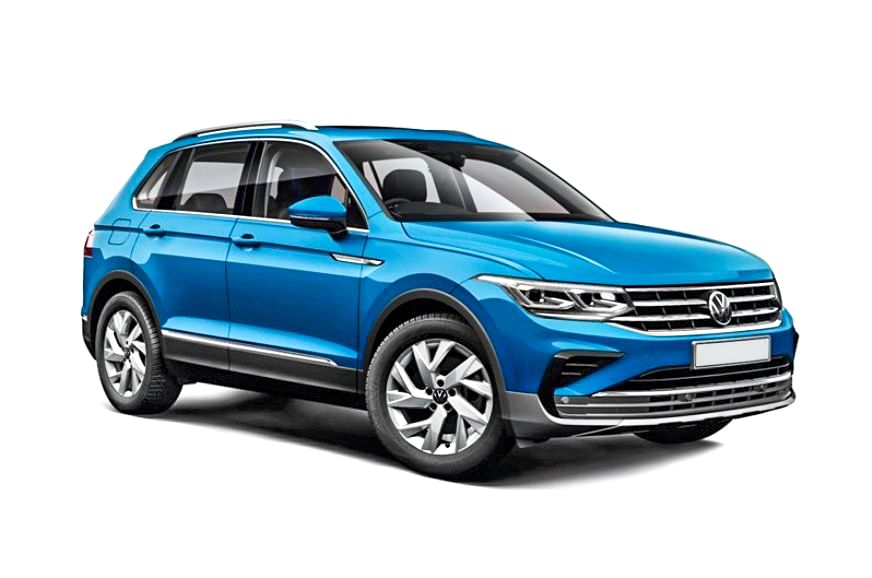

 Price
Price Engine
Engine Transmission
Transmission Efficiency
Efficiency Body
Body Suspension
Suspension Steering
Steering Brakes
Brakes Dimensions
Dimensions
Comments
Member Login
Personal Details
No comments yet. Be the first to comment.